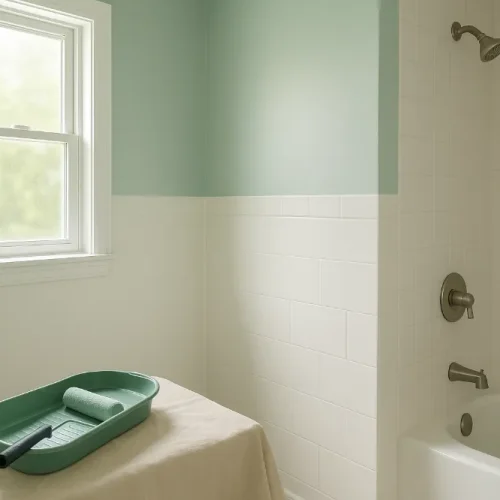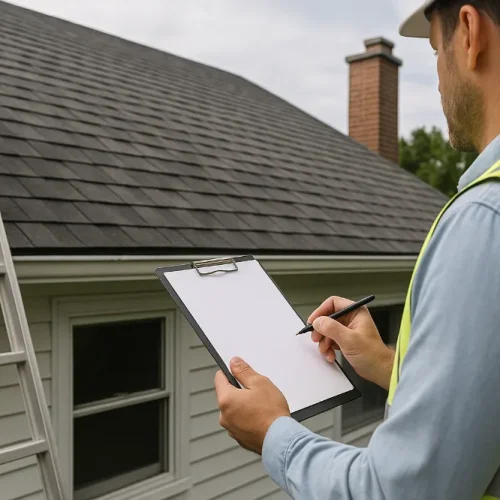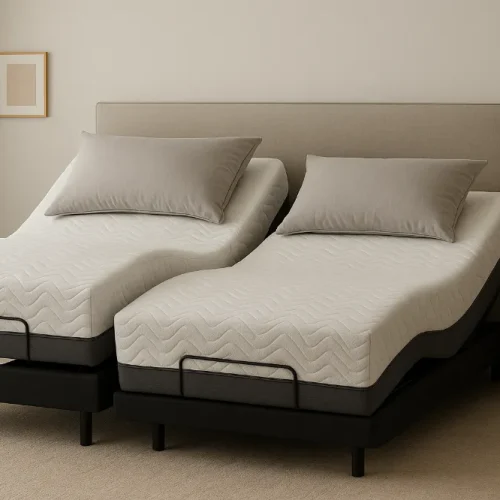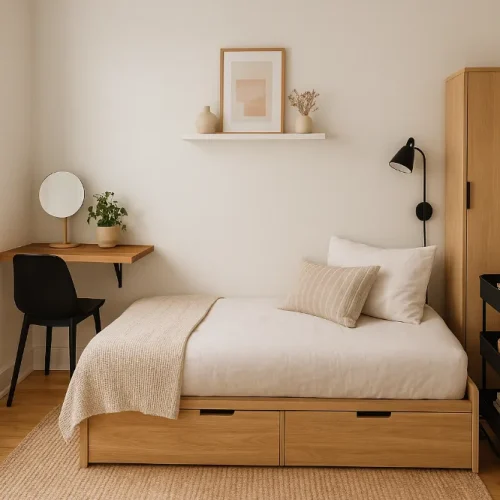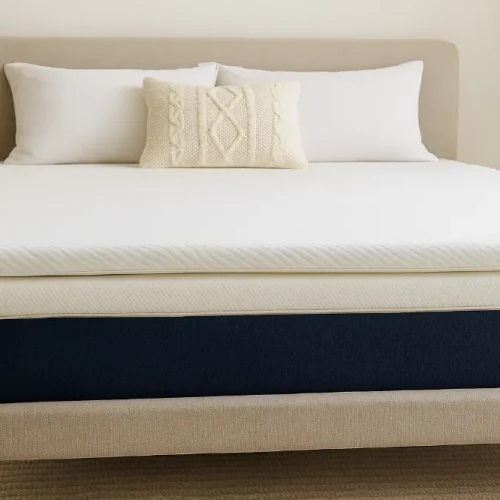
Maintaining a comfortable indoor environment throughout the year can be challenging, especially as seasonal weather swings become more extreme. Some homes seem to remain cozy in the winter and cool in the summer, while others struggle with uneven temperatures and drafts. The difference often comes down to a combination of system performance, insulation quality, and proper home maintenance. Understanding what influences indoor comfort and taking proactive measures can help homeowners enjoy stable and energy-efficient living spaces.
Understanding What Affects Indoor Comfort
Several factors contribute to a home’s ability to stay comfortable during seasonal changes. Key elements include:
- Temperature regulation and airflow throughout the house
- The efficiency of heating and cooling systems
- Building materials and insulation quality
- Drafts, leaks, and poorly sealed areas
- Daily habits and maintenance practices
When all these elements work together, a home can maintain more consistent indoor temperatures, making it easier to stay comfortable regardless of outdoor conditions.
The Role of HVAC Performance in Maintaining Comfort
A critical component in maintaining indoor comfort is the performance of the heating, ventilation, and air conditioning system. A well-maintained system can stabilize indoor temperatures, ensuring that warm air circulates in the winter and cool air flows efficiently in the summer. However, worn-out components, clogged filters, and malfunctioning parts can compromise performance, leading to uneven temperatures and uncomfortable living spaces.
Timely maintenance and professional repairs are essential to prevent these issues. Working with a reliable HVAC repair company ensures that your system operates at peak efficiency. Professionals can inspect the system, replace faulty components, and optimize airflow to maintain consistent temperatures. Regular servicing not only improves comfort but also extends the lifespan of your heating and cooling system and helps reduce energy costs.
Why Insulation Systems Make a Big Difference
Insulation plays a pivotal role in reducing temperature swings and maintaining a comfortable indoor environment. By slowing the transfer of heat between the inside and outside of a home, insulation helps keep warm air inside during the winter and prevents heat from entering during the summer.
Over time, insulation can settle, degrade, or become damaged, reducing its effectiveness. Signs of poor insulation include drafts, uneven temperatures between rooms, and higher-than-expected energy bills. Upgrading insulation can significantly improve comfort and energy efficiency. If you are considering insulation improvements, it is important to work with experts who can assess your home and recommend the right solutions. Homeowners looking for guidance can contact quik-therm for professional advice and installation services. Proper insulation not only enhances indoor comfort but also supports the performance of your HVAC system, allowing it to operate more efficiently.
Air Sealing and Ventilation: Key Supporting Factors
Air sealing and proper ventilation are important components of a comfortable home. Even with a high-performing HVAC system and adequate insulation, gaps and leaks around windows, doors, and ductwork can let warm or cool air escape. This leads to inconsistent indoor temperatures and forces your heating or cooling system to work harder. Proper ventilation ensures that air flows evenly throughout the house and maintains healthy indoor air quality. Homes with sealed gaps and efficient ventilation are better able to maintain consistent temperatures, improving overall comfort while reducing energy consumption.
Building Materials and Home Design Features
The materials used in a home’s construction also affect how well it retains heat or coolness. High-quality windows, roofing materials, and wall construction all contribute to temperature stability. Features such as sunlight exposure, shading, and home layout influence how quickly a house heats up in the summer or loses warmth in the winter. Energy-efficient upgrades, like double-pane windows, reflective roofing, or insulated siding, can further reduce temperature fluctuations. Thoughtful home design and materials work in tandem with HVAC systems and insulation to maintain a more comfortable indoor environment.
Regular Maintenance and Smart Home Habits
Routine maintenance is essential for long-term comfort. Seasonal tune-ups, filter replacements, and system checks ensure that heating and cooling systems function efficiently. Daily habits, such as managing thermostat settings and minimizing unnecessary heat loss or gain, contribute to consistent temperatures. Smart home technologies, like programmable thermostats and climate monitoring tools, can help homeowners maintain stable indoor conditions. These devices optimize system performance and reduce energy waste, making it easier to stay comfortable year-round.
Long-Term Benefits of Improving Home Comfort Systems
Investing in HVAC maintenance, insulation upgrades, and proper sealing provides multiple long-term benefits. Homes become more energy-efficient, lowering monthly utility bills and reducing environmental impact. Well-maintained systems and insulation also last longer, saving on future repair and replacement costs. Improved indoor air quality enhances the health and well-being of occupants. Additionally, energy-efficient upgrades and a consistently comfortable environment can increase property value, making these improvements a wise long-term investment.
Actionable Steps for Homeowners
Homeowners looking to enhance comfort during seasonal weather swings can take several practical steps:
- Schedule professional HVAC inspections and repairs to maintain optimal system performance
- Evaluate insulation quality and upgrade areas where heat loss or drafts are present
- Seal gaps, leaks, and poorly insulated areas to maximize energy efficiency
- Monitor and adjust daily habits, such as thermostat settings, to maintain comfort
- Consider installing smart thermostats or climate control tools for consistent indoor temperatures
By taking a proactive approach to system maintenance, insulation, and home efficiency, homeowners can enjoy a comfortable indoor environment year-round. Proper planning and expert guidance ensure that temperature fluctuations are minimized, energy costs are reduced, and the overall living experience is improved.
FAQs
Homes with strong insulation, efficient HVAC systems, and proper air sealing maintain more stable indoor temperatures.
Regular HVAC tune-ups improve airflow, prevent uneven temperatures, and keep the system running efficiently.
Insulation slows heat transfer, helping homes stay warmer in winter and cooler in summer.
Drafts, uneven room temperatures, and rising energy bills often indicate failing or insufficient insulation.
Yes. Gaps around windows, doors, and ductwork let conditioned air escape and reduce overall comfort.
High-quality windows, roofing, and wall materials help regulate heat gain and loss throughout the year.
Proper ventilation ensures even airflow and supports healthy indoor air quality.
Regular filter changes, thoughtful thermostat use, and minimizing heat loss improve indoor comfort.
Yes. They optimize temperature settings and reduce energy waste for more consistent indoor conditions.
Energy-efficient upgrades, insulation, and HVAC improvements can boost property value and reduce utility costs.


